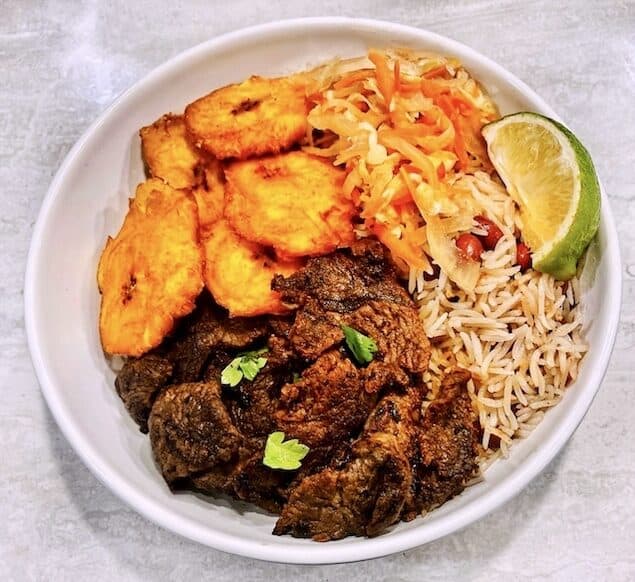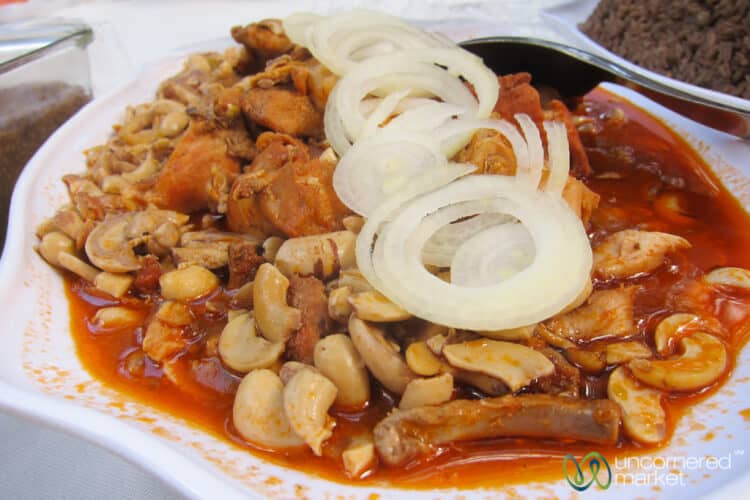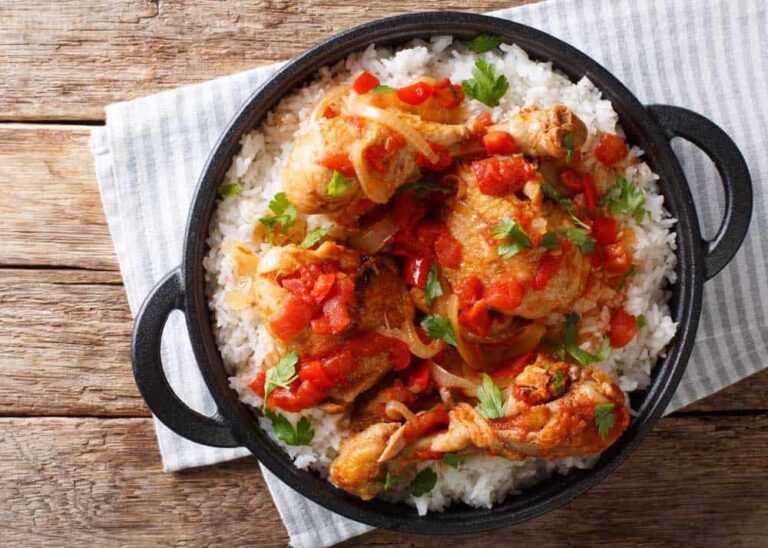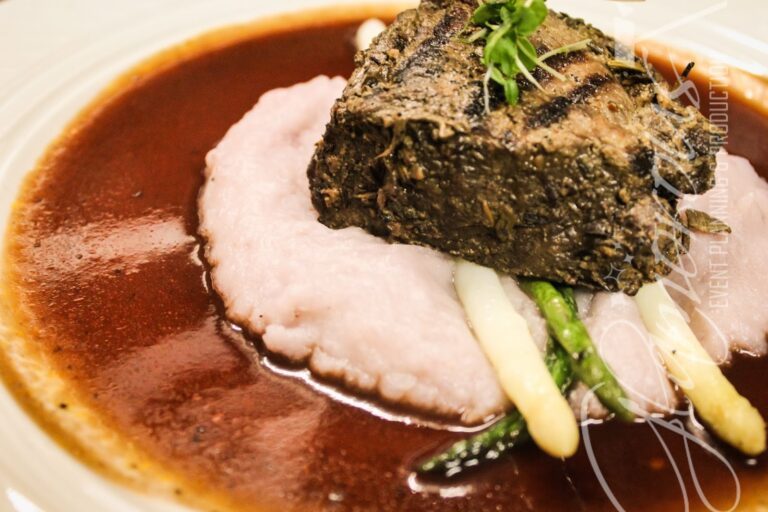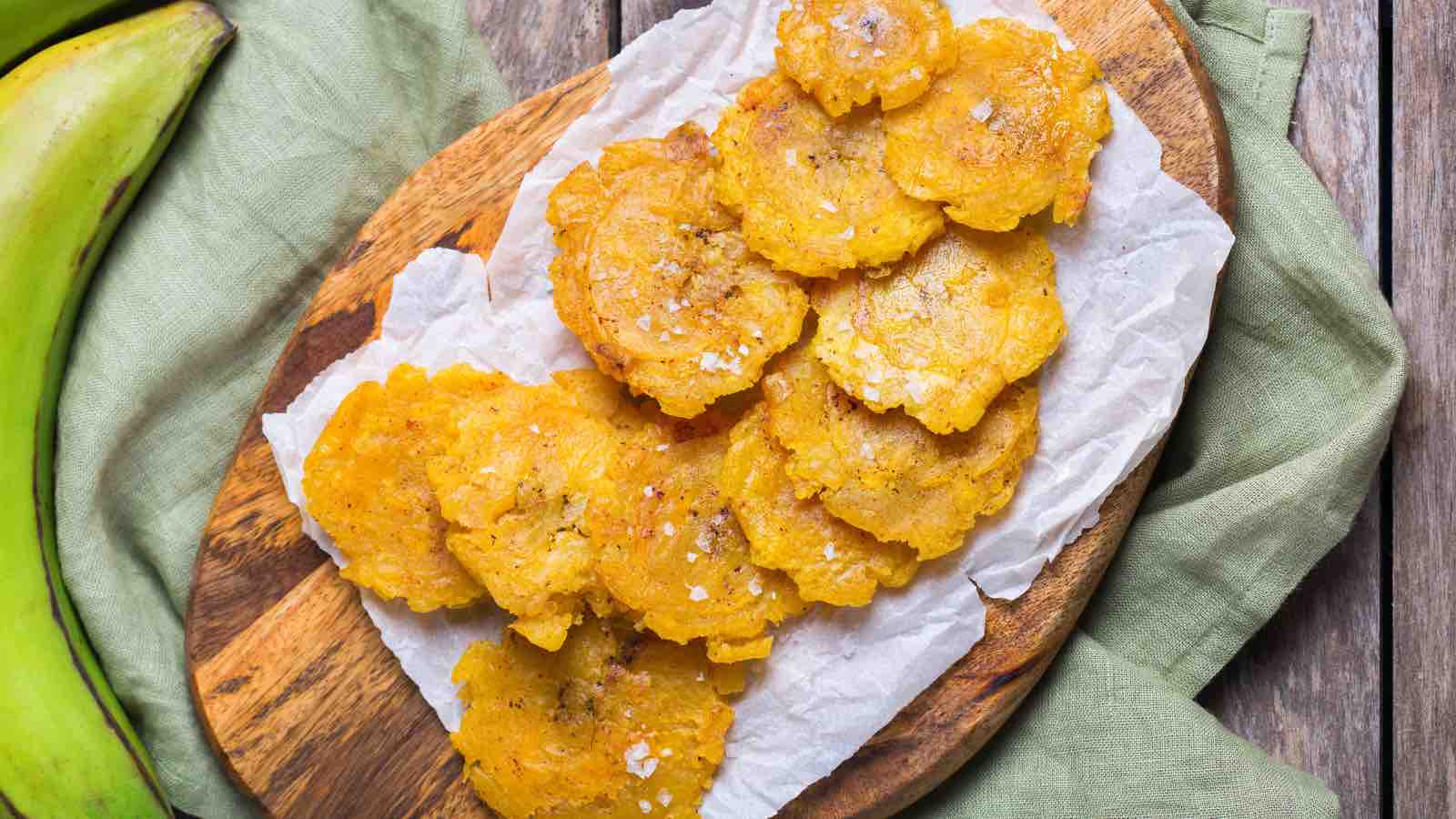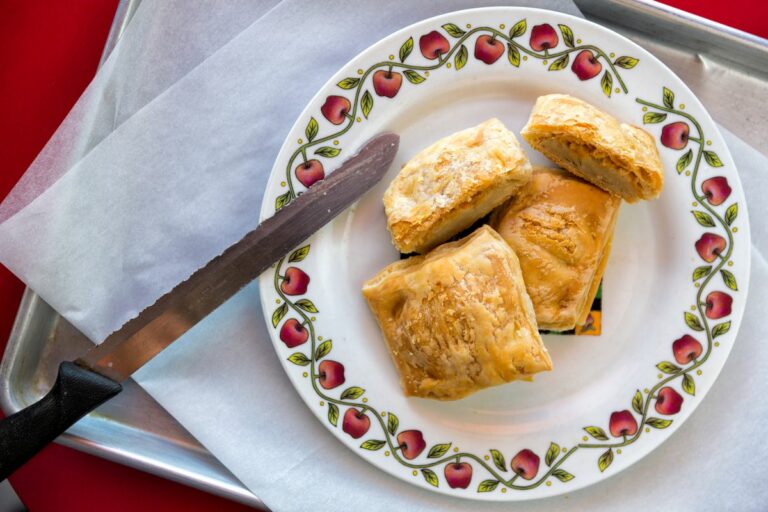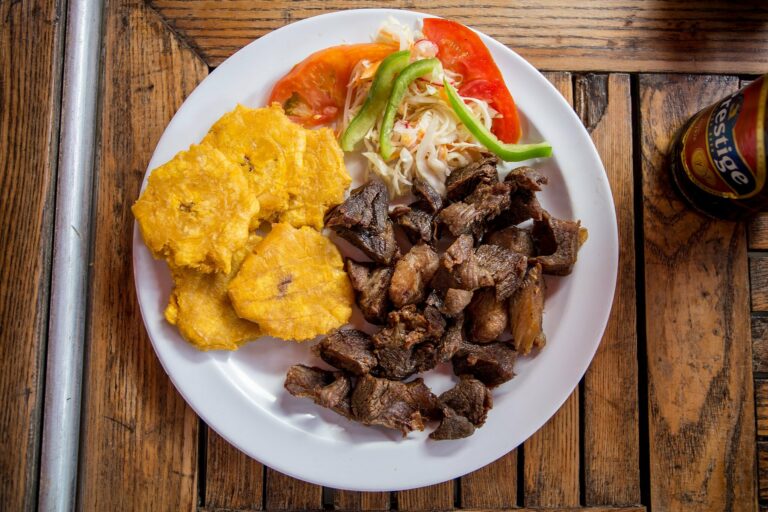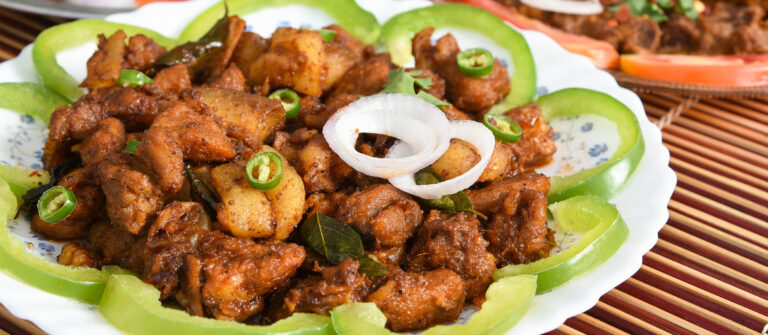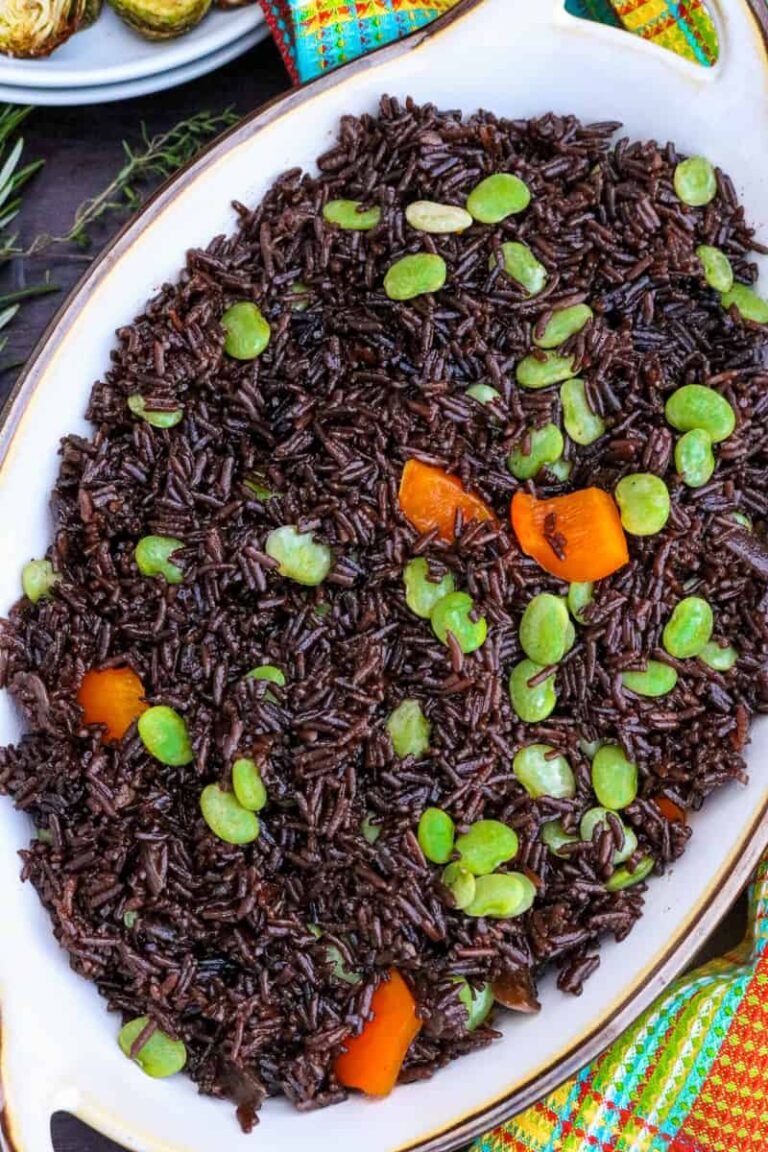Introduction: Exploring Haitian Cuisine
Haitian cuisine is a unique blend of African, French, and indigenous flavors that reflects the country’s rich cultural heritage. The cuisine is characterized by the use of spices, herbs, and tropical fruits, and features a wide range of dishes that have become popular both in Haiti and around the world. In recent years, there has been increased interest in the origins of Haitian cuisine and the diverse cultural influences that have shaped its development.
Who Were the Taino People?
The Taino people were the indigenous inhabitants of the Caribbean islands, including Haiti, before the arrival of Christopher Columbus in 1492. They were skilled farmers, fishermen, and hunters, and developed a rich culture that included complex social systems, art, and religion. The Taino people were known for their agricultural practices, which included the cultivation of crops such as maize, cassava, and yams, as well as the use of herbs and spices in cooking.
Taino Influences in Haitian Cuisine
Despite the impact of European colonization and African slavery on Haitian cuisine, there are still many traces of Taino influences in the food. The Taino people were skilled agriculturalists, and many of the crops they cultivated, such as cassava, yams, and sweet potatoes, continue to be staple ingredients in Haitian cuisine. In addition, many Taino herbs and spices, such as annatto, cilantro, and oregano, are still used in Haitian cooking today.
Ingredients and Preparation Techniques
Taino influences can be seen in both the ingredients and preparation techniques used in Haitian cuisine. Cassava, for example, is a staple food in Haiti and is used to make a variety of dishes, including cassava bread, cassava pudding, and cassava pancakes. The Taino people also developed a technique for extracting the poisonous substances from cassava, making it safe for consumption. Another technique used in Haitian cuisine that has Taino roots is the use of a mortar and pestle to grind spices and herbs.
Dishes with Taino Roots
There are many Haitian dishes that have their roots in Taino cuisine. One of the most popular is bouillon, a hearty soup made with meat or fish, vegetables, and spices. Another dish is akasan, a fermented cornmeal porridge that is similar to the Taino drink known as chicha. Other Taino-inspired dishes include foufou, a dish made from mashed plantains, and griot, a dish made from fried pork.
Conclusion: Celebrating Haiti’s Culinary Heritage
Haitian cuisine is a product of the country’s complex history and cultural influences. While it is often associated with French and African cuisine, the Taino people also played an important role in shaping Haitian food. By recognizing and celebrating the Taino influences in Haitian cuisine, we can gain a deeper appreciation for the country’s rich culinary heritage.


